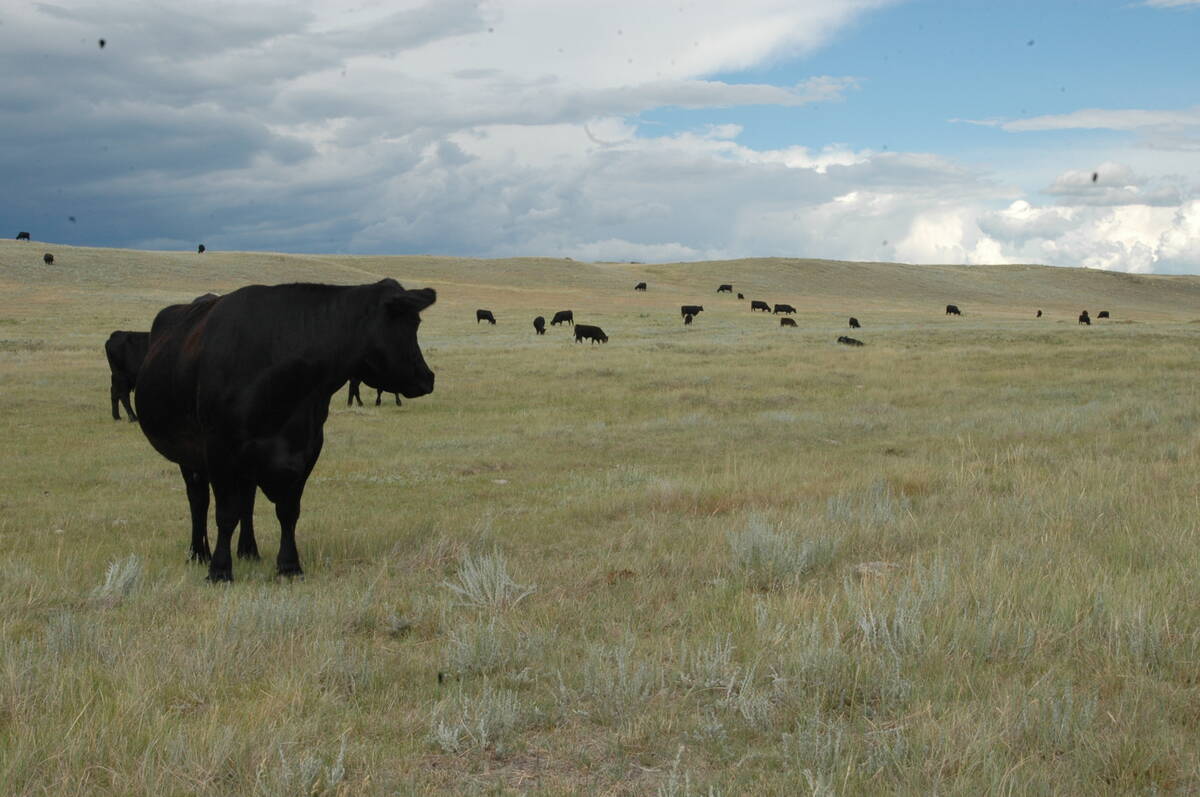Keeping worms out of goats requires special attention.
Dr. Reuben Neumier, an expert in small ruminants, says dosages for goats must be modified because most medications are used off-label.
For common deworming medications such as ivermectin, a typical dose would be 1.5 to two times that given to sheep.
“Goats metabolize the dewormer faster than sheep, so you have to use more. If you scrimp and don’t give them enough, you are encouraging resistance in the worms,” he said.
“We don’t have a big problem in Canada, but in the southern United States, they have huge problems with worm resistance. They worm like crazy, but they are just spinning their wheels most of the time.”
Read Also

Saskatchewan Cattle Association struggles with lower marketings
This year’s change in the provincial checkoff has allowed the Saskatchewan Cattle Association to breathe a little easier when it comes to finances.
Careless use of deworming medications will eventually lead to resistance in Canada, but importing goats from affected areas could cause the problem to spread much faster. Already, some producers in the southern U.S. are forced to worm their herds every four to six weeks.
“In the U.S., that’s the thing, if you buy the goat, you’re buying the worms that come with it.”
Optimal results are achieved if goats are on a forage-based diet and kept off feed for 12 to 24 hours before the drug is administered because it will be diluted less in the rumen. As well, it takes the medication longer to pass through the gut with higher fibre.
Because goats pick up freshly hatched worm larvae while grazing on wet grass, it is best to deworm the animals about three weeks after they are turned out to pasture and then again in fall, three weeks after the first killing frost.
“You want those larvae that were ingested to mature enough so that we can kill them with the wormer. And you worm them late in the fall with the idea that you’re cleaning them out for the winter,” Neumier said.
“They are not going to get reinfected in the winter because there aren’t any moisture droplets on the grass when it’s frozen solid.”
Rotational grazing with other species such as cattle or sheep can help keep worm problems from exploding. Goats typically don’t graze within 15 centimetres of the ground, while other ruminants eat the grass right down to the ground.
“If you interchange with cattle, you can make the cattle eat the goat worm larvae. It’s a good way to kill them,” he said.














